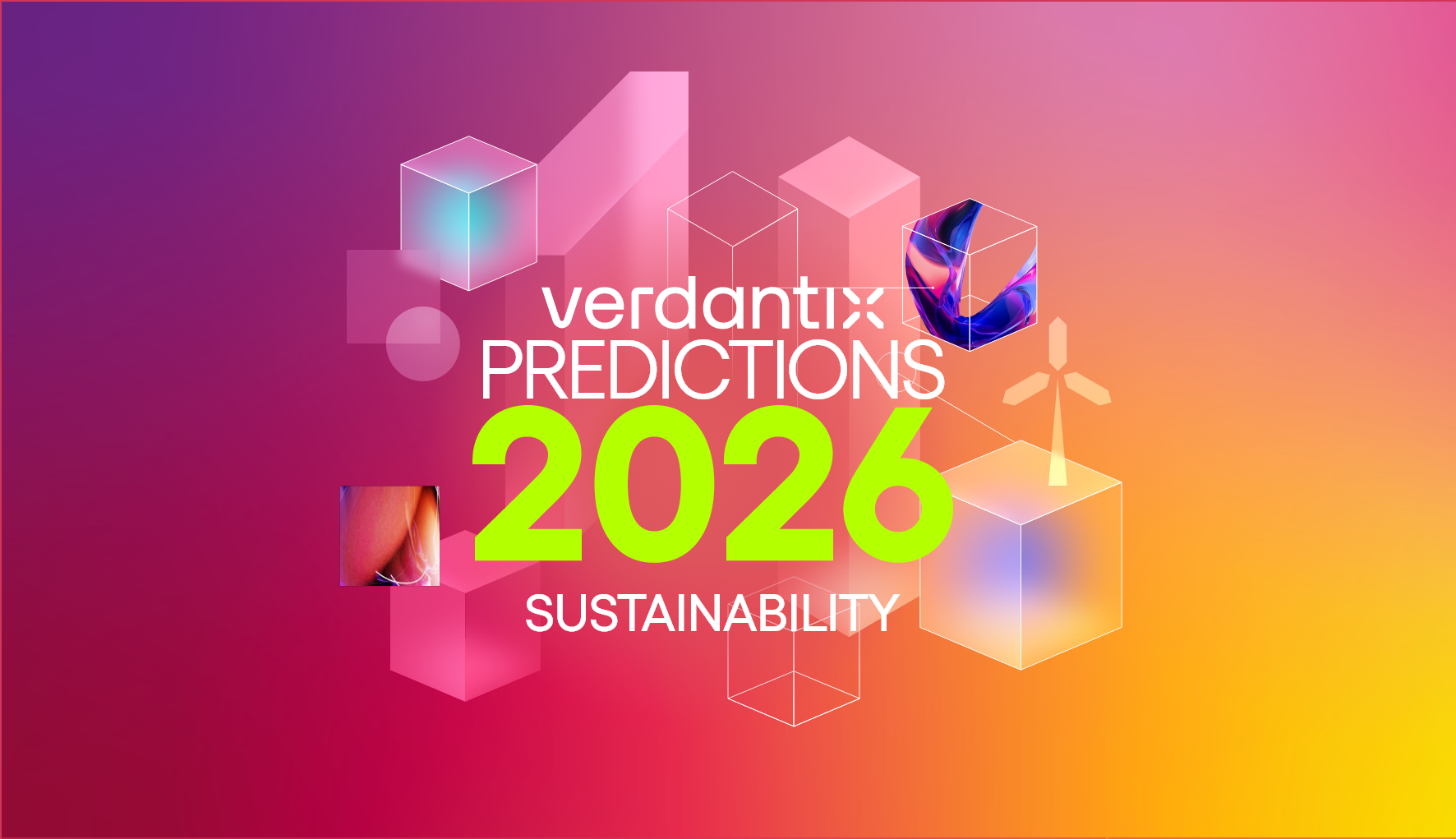Regulatory Clarity And Legal Uncertainty In California’s Nov. 18 Climate Disclosure Milestones
November 18, 2025 was a notable – and unusually eventful – day for California’s climate disclosure laws, SB 253 and SB 261. Two major developments unfolded simultaneously: CARB held a public workshop outlining key implementation details for SB 253, while the Ninth Circuit Court of Appeals issued a temporary injunction on SB 261. Together, these developments underline the tension shaping California’s climate disclosure landscape.
CARB’s workshop sharpened timelines and clarified reporting obligations
CARB’s public workshop was designed to give firms concrete guidance on how to prepare for SB 253, which requires organizations to disclose GHG emissions. One of the most consequential takeaways was CARB’s confirmation of a firm reporting deadline: August 10, 2026. The agency also reaffirmed that limited assurance for Scope 1 and 2 emissions will not be required until 2027, covering the 2026 reporting year.
Beyond timelines, the workshop addressed frequently asked questions including which entities fall under the regulation, how parent organizations and subsidiaries may structure their filings, and what exemptions apply. CARB emphasized that firms themselves are responsible for interpreting the regulations and determining applicability. It also noted that compliance will rely heavily on how reporting entities map their organizational boundaries and revenue thresholds to the rule. The workshop signalled that regulatory implementation is moving steadily forward, even as legal challenges continue.
A federal court’s temporary stay creates more procedural uncertainty
Just as CARB was kicking off its workshop, the Ninth Circuit Court of Appeals issued a temporary injunction on SB 261, which requires firms to disclose their climate-related financial risks. The stay pauses the law’s enforcement pending a January 9, 2026 hearing, which is, ironically, just days after SB 261’s scheduled January 1 disclosure deadline.
Crucially, the injunction does not strike down either SB 261 or SB 253. Instead, it signals that the court needs more time to evaluate procedural and constitutional questions before allowing SB 261’s requirements to take effect. The January 1 deadline is effectively on hold, and organizations that do not publish climate-related financial risk statements by that date are unlikely to face penalties.
The court’s announcement offered no visibility into how it might ultimately rule or whether the January 9 hearing will address SB 253 as well as SB 261. There is no clear timeline for a post-hearing decision, resulting in even more uncertainty for firms.
What does this mean for sustainability leaders
For sustainability leaders, the injunction offers short-term breathing room – but not a strategic reset. Many organizations are well underway with SB 261 preparations and are unlikely to pause their work. Firms that maintain momentum, improving emissions data quality, stress-testing climate-risk scenarios and readying governance processes, will be best positioned regardless of how the litigation unfolds.
Verdantix will continue to follow climate and sustainability-related updates coming out of the US, including the evolution of California’s climate disclosure legislation.
About The Author

Jessica Pransky
Principal Analyst




